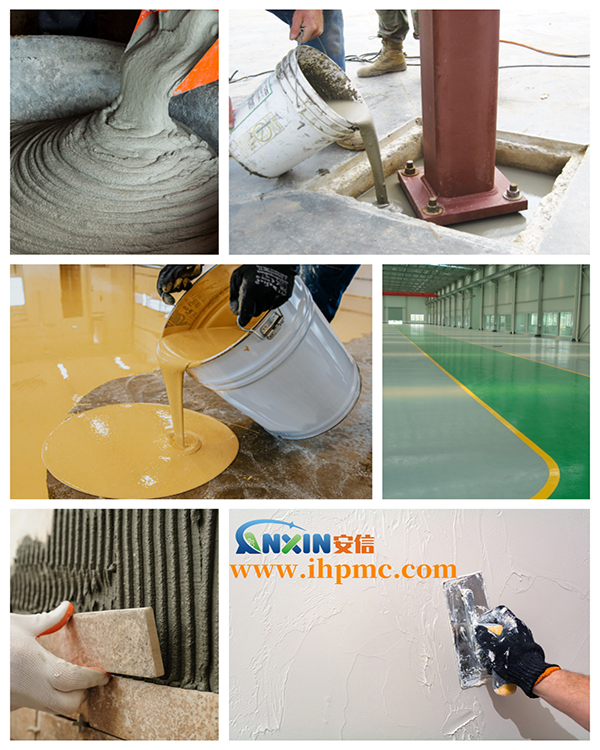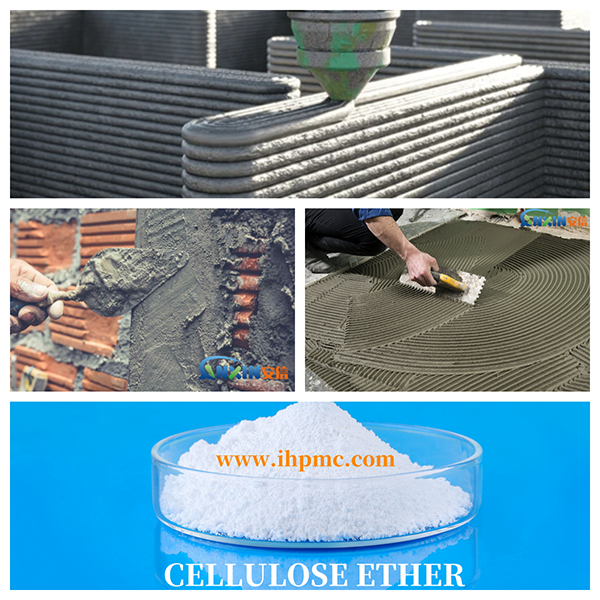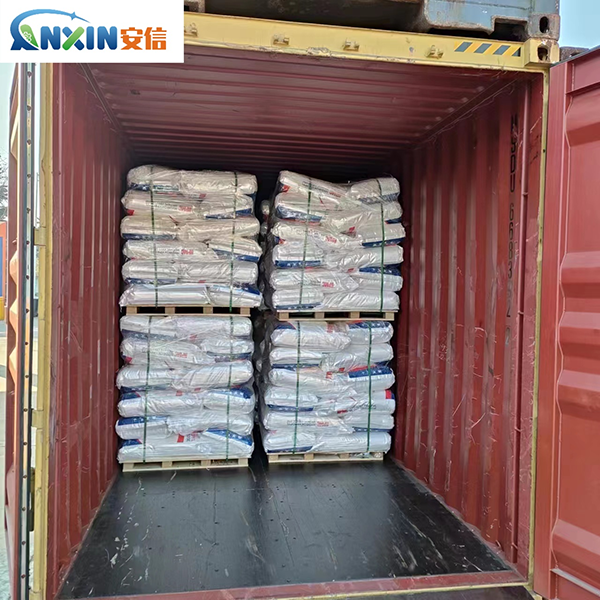Building materials grade cellulose ether is an important functional chemical additive, which is widely used in building materials, such as cement, concrete, dry mortar, etc.

1. Chemical structure and classification
Cellulose ether is a polymer compound formed by chemical modification of natural cellulose. Its main component is the hydroxyl group of cellulose modified by an etherifying agent (such as vinyl chloride, acetic acid, etc.). According to different etherifying groups, it can be divided into different types of cellulose ethers, mainly including hydroxypropyl methylcellulose (HPMC), hydroxyethyl cellulose (HEC) and methyl cellulose (MC).
2. Water retention
Building materials grade cellulose ether has excellent water retention properties, which can effectively improve the water retention capacity of mortar and concrete. This enhances the operability of the material during construction and reduces cracking and strength loss caused by water evaporation.
3. Thickening
Cellulose ether has good thickening properties, which can improve the fluidity and viscosity of building materials, making them easier to operate during construction. Thickening helps to improve the stability of the material and prevent stratification and sedimentation.
4. Water reduction
To a certain extent, cellulose ethers can reduce the amount of water in concrete or mortar, thereby improving the strength and durability of the material. This feature makes it particularly important in the application of high-performance concrete.

5. Construction performance
Building materials with cellulose ethers have better operability during construction, which can extend the construction time and reduce construction problems caused by drying. In addition, they can also improve the adhesion of mortar and enhance the adhesion of coating materials.
6. Crack resistance
Cellulose ethers can improve the crack resistance of mortar and concrete and reduce cracks caused by temperature changes or drying shrinkage. This is crucial for the long-term stability and aesthetics of buildings.
7. Adaptability and compatibility
Building material grade cellulose ethers have good compatibility with a variety of building materials and can be mixed with cement, gypsum, polymers and other ingredients without affecting their performance. This adaptability makes cellulose ethers widely used in the construction industry.
8. Environmental protection
Since the raw materials of cellulose ethers are derived from plant fibers, they themselves have certain environmental protection characteristics. Compared with some synthetic polymers, cellulose ether is more environmentally friendly in use and waste treatment.

9. Application fields
Building material grade cellulose ether is widely used in a variety of building materials, including:
Dry mortar: such as bonding mortar, plastering mortar, etc.
Concrete: especially high-performance concrete.
Coating: can be used for interior and exterior wall coatings, latex paint, etc.
Gypsum products: such as gypsum board and gypsum putty.
10. Precautions for use
When using building material grade cellulose ether, you need to pay attention to the following points:
Add according to the recommended ratio, excessive or insufficient will affect the final performance.
Ensure uniformity during mixing to avoid agglomeration.
When storing, pay attention to moisture-proof to avoid moisture and agglomeration.
Building material grade cellulose ether has become an indispensable additive in the building materials industry due to its unique properties and wide applicability. With the continuous improvement of the construction industry's requirements for material performance, the application prospects of cellulose ether will be broader.
Post time: Nov-06-2024